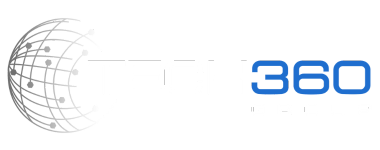Managing OTR transportation in the face of interruption is a difficult task. Shippers seek ways to assist stability as economic uncertainty continues to impact supply chains. We’re providing seven best practices for improving OTR transportation management, so shippers can stay competitive even when things go wrong.
Let’s look at how we can put these practices into effect.
1. Monitor Carrier Performance

Capturing carrier data offers you a better picture of your freight spend and makes data-driven decisions that impact your company.
You may spot patterns and possibilities for efficient OTR transportation management by tracking transportation metrics and KPIs such as commute time, on-time pickups, including percent of cargo capacity utilized across your carrier partners.
2. Using analytics to predict demand
Analytics gives you a clear picture of your transportation system and operations. Human assessment and intervention, combined with historical data and current market trends, offer insight into OTR transportation improvement prospects.
Statistics and market insights that allow organizations to make data-driven strategies are vital for an industry plagued by disruption and volatility.
3. Integrate OTR Transportation Mode Communications

Shippers who can centralize communications can better comprehend and work with supply chain partners. Utilize TMS technological solutions to find OTR freight capacity in crowded markets, retain data in context, & stay informed with real-time visibility. TMS technology skills are becoming increasingly important as remote access plays a pivotal role across all industries.
4. Identify and Use Opportunities for Freight Consolidation
Shippers who can visualize the complete size and scope of their infrastructure and their capacity requirements can benefit from freight consolidation and multi-mode transportation.
If cargo doesn’t require next-day or two-day delivery, it may be qualified for freight convergence within zone bypassing, which reduces the total shipping cost. Other options for consolidation include using rail or intermodal transfers or implementing incoming supplier route instructions.
5. Enable Route Optimization in the Background
Routing optimization uses data to check planned routes for market disruptions constantly. This is a critical step in lowering empty carrier backhauls and increasing the attractiveness of your freight while taking advantage of market dynamics.
Determining the optimal approach to manage pickups and drop-offs and altering schedules as shipping requirements change over time is known as OTR transportation optimization.
6. Automate Duplicate Procedures
Shippers must render their freight the most appealing to carriers, including automating redundant operations to make it much easier for carriers to approve tenders and execute transfers.
—According to a recent Harvard Business Review Analytic study, the pandemic is boosting the automation of the procurement process.
In reality, companies that reacted to the pandemic by speeding up the automation of once-disjointed and risky procurement processes may be seeing the benefits of incorporating real-time analytics into sourcing initiatives and performance.” As automation advances, risk decreases, efficiency increases, and transportation procurement becomes easier for exporters.
7. Transportation Management and Outsourcing

Outsourcing relieves your team of the burden of freight management, and solutions aid in the development of long-term strategic initiatives to help your firm weather interruption.
A strategic, controlled transportation solution ensures reliable capacity in uncertain market conditions. Managed transportation services can provide shippers with consistent loads which fit nicely into their routes and networks by using strategic partnerships, exploiting historical and predictive information, and having a control-tower view of a company’s supply chain network.
Use the Right Distribution Network Partner to Implement these Industry Standards
The supply chain constantly changes, and OTR mobility will always be exposed to market fluctuations. Finding the appropriate OTR transportation plan for shippers is crucial for controlling costs, collaborating with the proper providers, and avoiding mistakes.
Contact us to find more and more about how your organization can put the abovementioned best practices to use right now. Visit our services today, and read our blogs for additional similar information.


